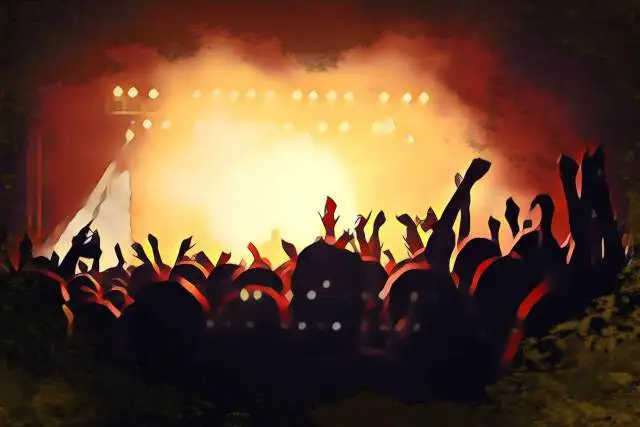In today's world of genre-bending music, there is a lot to keep track of. Listening to "Pop" or "EDM" music is hardly specific, as evidenced by Spotify's ever-expanding library of genre-defining editorial playlists. If you shuffle around long enough, you might come across a subgenre titled Neurofunk.
Neurofunk sound is dark, rhythmic and shares a lot of similarities with the subgenre of Techstep. Sometimes shorted to "Neuro", this genre of music is certainly worth taking a closer look at. Below, we'll explain exactly what this genre entails and share some classic Neurofunk era tracks so that you can get a taste of these ominous, flowing complex rhythms.
Understanding Neurofunk
Neurofunk is an exciting blend that combines elements from electro, hip-hop, UK garage, dancehall, techno, jungle, jazz and drum & bass genres. This genre tends to have a moodier, darker feel, sometimes pulling in elements from sci-fi or using a hefty dose of sub-sound design to create an ominous atmosphere. These aggressive compositions are noted for a high, energy-fueled BPM and are undoubtedly related to neighboring genres like Techstep.
Unlike most poppier club music, Neurofunk tends to have a darker feel, sometimes using atypical (even atonal at times), complex melodies which may not be well received by all electro listeners.
How Was Neurofunk Created?
The music group Ed Rush & Optical are largely accredited with creating Neurofunk, pioneering a darker sound within the drum and bass music with their album "Wormhole". Drawing elements from sci-fi, electro, hip-hop, and jungle music, this album led to iconic tracks like Point Blank :
Some landmark hardware pieces used to create early Neurofunk music include samplers like the Emu E6400 and the Akai S1000. You can count on most Neurofunk songs to provide a distorted, heavy bassline, sampling, and a punchy drum beat. It isn't the most easy-going club music, but that's what can make it so rewarding for true fans of the subgenre.
The term "Neurofunk" was first documented in use by Simon Reynolds in his book detailing the rave culture of the 90s, Energy Flash: A Journey Through Rave Music and Dance Culture . It's said that this genre emerged out of the UK sometime between 1995-2000.
Neurofunk Examples
Here are some Neurofunk tracks to help you better understand the genre. Notice how these songs often include techno infused drops and high energy music production often backed by a drum and bass rhythm.
Planet Dust by Bad Company
Planet Dust certainly holds the rhythmic complexity that's characteristic of this genre, alongside sampling and electro melodies, making it a shining example of music from the early Neurofunk era:
With its slight shifts in key and surprising drops, this song is a mainstay in early rave music.
Bacteria by Ed Rush & Optical
Known for creating staples in the drum and bass and rave music scene, you can hear the dark subgenre at play in songs like Bacteria by Ed Rush:
Original Nuttah by UK Apache & Shy-Fx
This 1994 Jungle Track also serves as a great example of early Neurofunk blending jazz elements, some traditional melodies, sampling, and all over a heart thumping breakbeat:
Machine Gun by Noisia and 16-bit
As you'll hear, there can be wide variety even within a subgenre like Neurofunk. This song leans more heavily into bass music, creating nonexistent traditional melodies with gunshot samples against dark sub-sound design:
Crossroads by Maduk & Nymfo
Crafted in the mid-2010s, this Neurofunk track has more modern production, with less dark melodies than those of the early Neurofunk era:
Appreciating the Uniqueness of Neurofunk
Neurofunk certainly isn't for everyone, but it's pioneering sound certainly gave way to some of the newer genres and production choices of modern music. Neurofunk can be traced when listening to glitch hop, dubstep, and modern electronic music as we know it. Have fun exploring the immersive, cinematic world of Neurofunk music!





